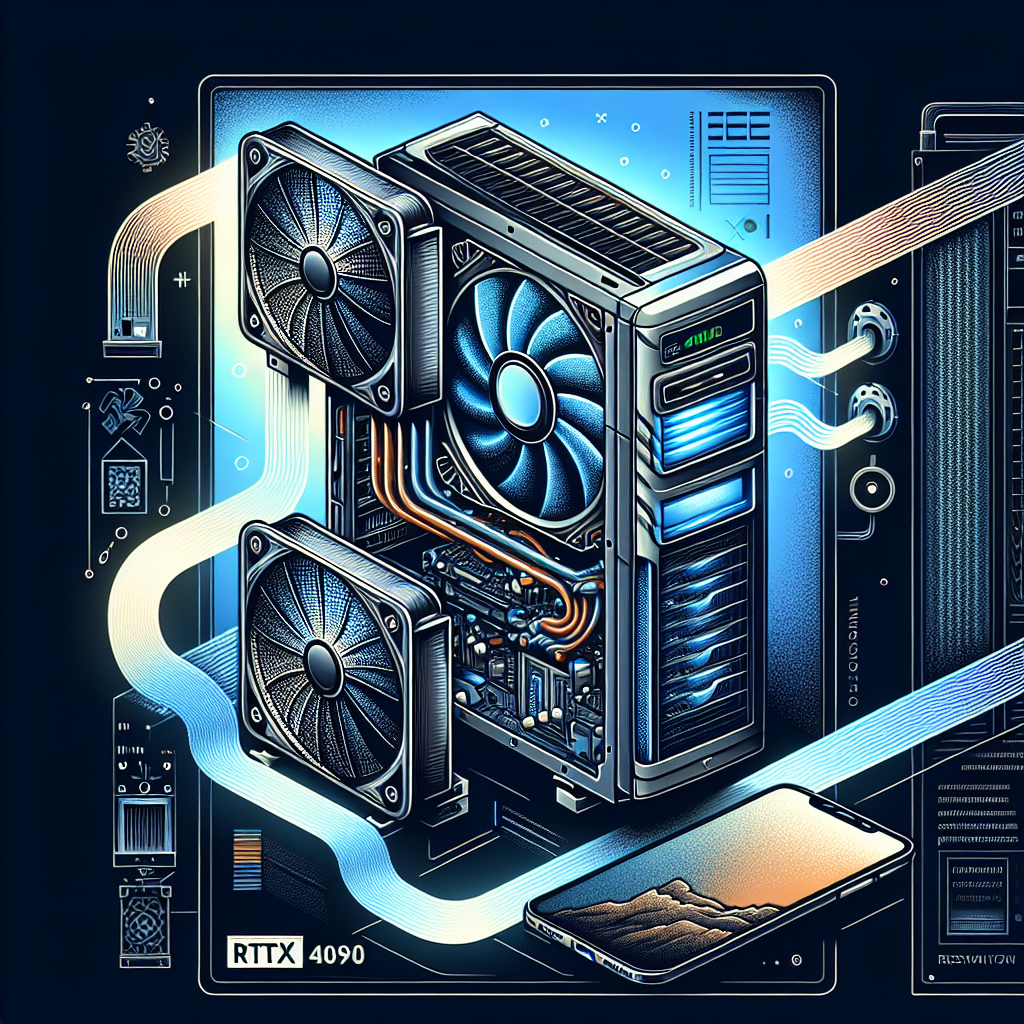Air Conditioner-Powered PC Cooling Revolution

Innovative Cooling Solutions in PC Hardware
The realm of PC cooling has seen a myriad of experimental methods aimed at pushing the boundaries of temperature management. Modders and tech enthusiasts often go to great lengths to enhance performance and maintain optimal temperatures for their high-end components. Among these innovative methods is a unique approach wherein a modder uses an air conditioner to cool a gaming rig comprising a GeForce RTX 4090 and Intel Core i9-13900K.
The Air Conditioner Method
Traditionally, liquid cooling and large heat sinks have been the go-to solutions for gamers and enthusiasts aiming to keep their systems cool. However, this new technique involves connecting a Xiaomi KFR-35GW air conditioner directly to the PC, providing a substantial cooling effect that maintains system components under 30 degrees Celsius during demanding benchmarks.
This approach is indeed remarkable, considering the extreme inefficiency yet unmatched cooling performance it provides. The custom setup includes a liquid cooling reservoir interfaced with a 12,000 BTU AC unit consuming over 1,000 watts. Such a configuration maintains temperatures significantly below those achieved by traditional liquid cooling methods.
Performance Metrics
During a 40-minute benchmark test involving intensive tools like FurMark and AIDA System, the core temperatures of the GPU and CPU barely rose, proving the efficacy of this method. When tested in outdoor conditions, the setup recorded a modest increase to 36 degrees Celsius for the graphics processing unit.
A Precedent for Future Cooling Solutions
The results of using an air conditioner for PC cooling set a new precedent for future cooling solutions. While traditional methods involve substantial copper usage or vast networks of tubing, these typically maintain CPUs around 70s to 80s Celsius under load. This air conditioning approach surpasses those figures with remarkable ease and quietness.
Conclusion
While this cooling method is not practical for every PC setup due to the high power consumption and space requirements, it opens pathways for further exploration into alternative cooling technologies. It offers insights for hardware enthusiasts and fosters innovation in achieving cooler and quieter systems without relying solely on conventional solutions.
As the community waits for more benchmarks, including those involving the latest i9-14900K and RTX 5090, the understanding and appreciation for such unconventional cooling methods continue to grow. This adaptation not only keeps temperatures down but challenges existing norms about what effective PC cooling can look like.



Comments ()